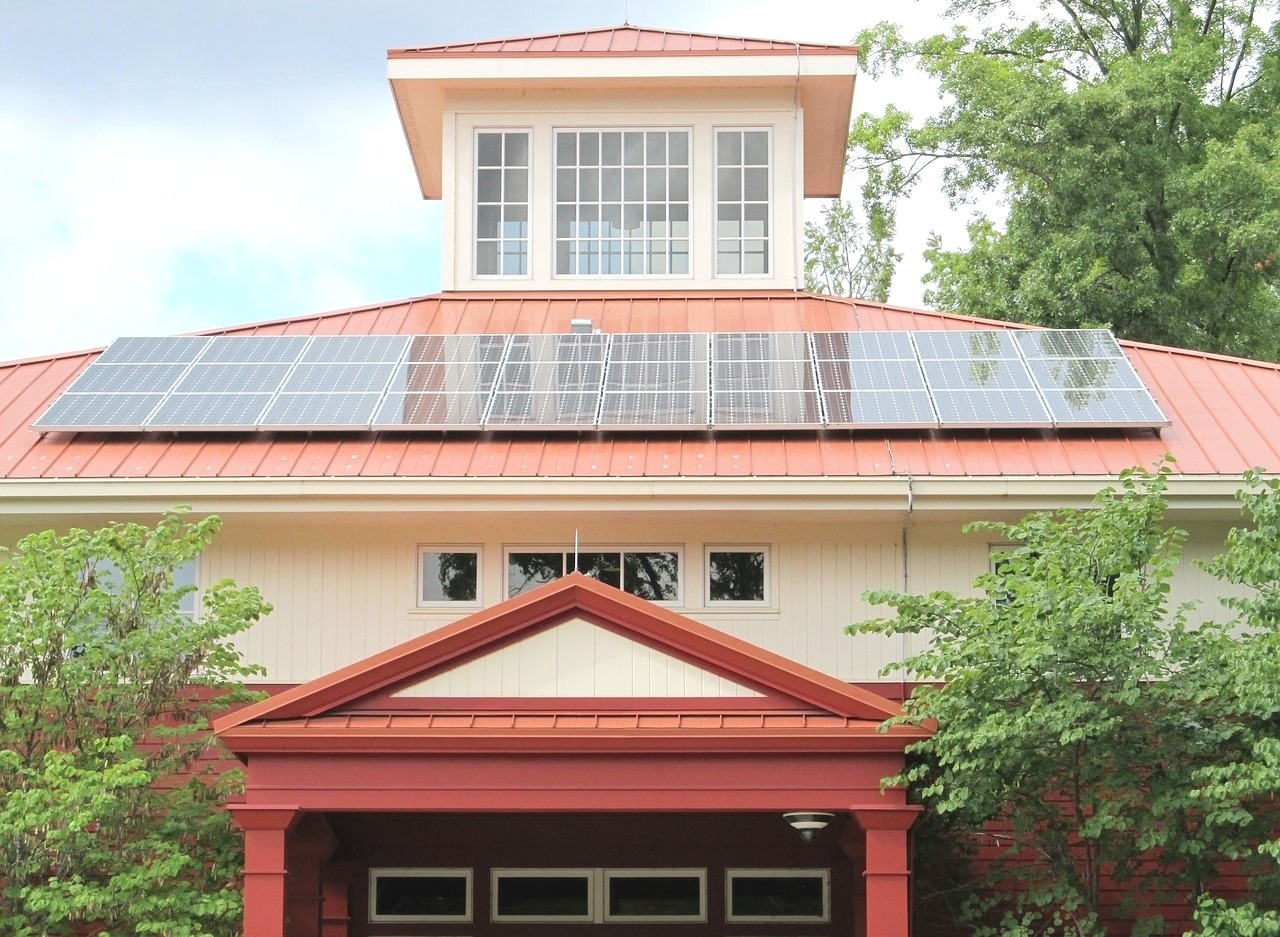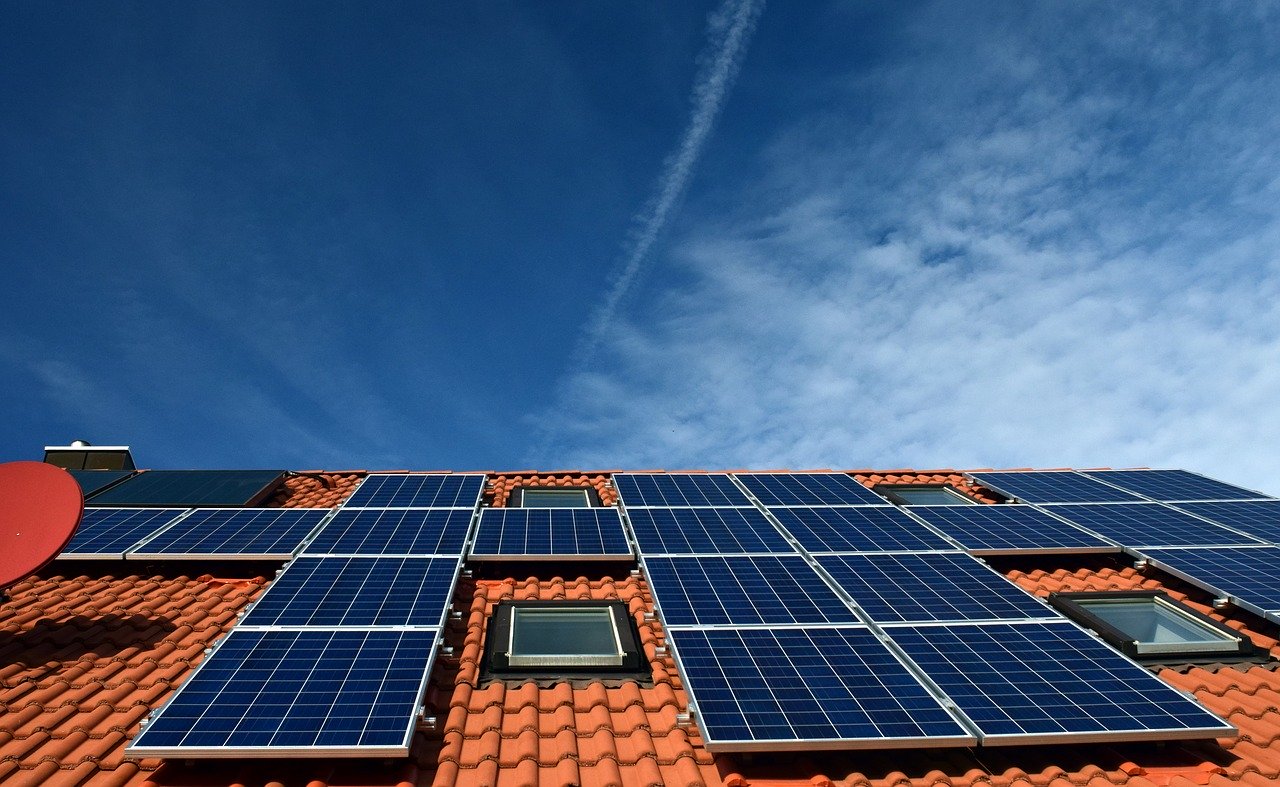
Buying a home solar system is an exciting solution for both saving money and reducing emissions, but it’s important to look beyond the hype and focus on important aspects that will ensure a solid return on investment.
Solar panel tiers explained
Solar panels are graded by industry-specific tier system. Tier-1 manufacturers are considered the best because they occupy the vertical position throughout the entire RD and manufacturing process.
These panels have the best performances due to high-grade silicon solar cells that are installed.
While not necessarily lacking qualities of their tier-1 counterparts, tier-2 manufacturers are not in charge of the entire process.
While also insisting on the latest design and construction solutions, they invest less in research and design.
The largest number of manufacturers includes tier-3 companies, which source their products from overseas markets and only assemble parts.
Types of the panel structure
Monocrystalline panels are the “most-wanted” option, although polycrystalline panels are also popular due to their lower price.
Monocrystalline panels are slightly more efficient than polycrystalline panels and may last a year or two longer.
The third type, thin-film panels belong to the earliest solar technology and are the least efficient.
They don’t last as long as polycrystalline and monocrystalline products but are the least expensive due to their higher efficiency.
Monocrystalline panels are usually recommended for homes with limited roof area.
If the roof space isn’t an issue, polycrystalline panels might be a better cost-effective option.
String or micro-inverters?
The inverter is the second main component of your solar power system which converts the DC electricity of solar panels into AC electricity suitable for household use.
There are two main types suitable for home use - string inverters which all the panels are connected to and micro-inverters that are mounted at the back of each solar panel.
Micro-inverters are significantly more expensive but when one of them fails, you lose only that solar panel, but if the string inverter fails, your whole system is down.
That is why it’s always recommended to choose a premium-end SMA inverter. These inverters have proved their quality in over 35 years of constant improvement in both off-grid and household niches.

What power size to take?
In the solar system industry, size is referred to as kilowatts (kW). While there are solar systems as small as 1.5kW, household systems rarely go beyond 10kW.
A 6kW system is enough for an average household, with consumption of 7,000kWh a year.
3kW grid-connected solar systems are popular among homeowners who want to save on their power bill without making significant commitments.
Still, keep in mind that matching a solar system to your power consumption won’t erase your power bill as power companies pay less when you export your solar power to the grid than what they charge you for the power you buy from them.
Maximise your solar gains
After you invest in a home solar system you need to ensure you get the most out of your investment by not only meeting your power needs but also saving as much money as possible.
As solar panels generate energy during the day it makes sense to use as much free solar energy as possible during daylight hours.
If you decide to build an extension, make sure to use sustainable materials like timbercrete, which isn’t only environmentally-friendly but also provides better thermal insulation than most traditional building materials, which directly translates to power savings through your HVAC system.
You should also do an energy audit that can show you not only how you use electricity but identify appliances that consume the most power.
Study manufacturer warranty
Most solar panel manufacturers offer 25-year performance warranties, by which they claim that their panels will last 25 years and even longer.
There’s usually a 10-year manufacturer warranty, as well, that protects buyers from manufacturing defects should they appear during use.
Of course, a solar equipment installer that sells you solar panels might not be in operation in 10-year time, so you should address your claim to the regional wholesaler or the manufacturer itself.
If you read this guide, you will know more about solar power than 99% of homeowners, and no solar salesman can trick you into paying for a substandard system that doesn’t meet your requirements.
With the price of solar equipment dropping constantly, it always pays off to get the best quality panels and inverter you can afford because if used with other energy-saving practices, your system can pay for itself in seven years or less.
Written by Chloe Taylor
About the Author
Chloe is an interior design consultant from Adelaide and a regular contributor to Smooth Decorator. She loves everything related to decor, aesthetic and lifestyle topics. She is also passionate about photography. Her biggest dream is to travel the whole world and take some stunning photographs of beautiful places. Beside all this, she enjoys drinking coffee and reading a beautiful book from time to time. You can find her on Facebook and Twitter.
You may also like
Why You Should Consider a LEED-Certified Home
Making Your Home More Sustainable: Our Top Tips
The Most Effective Steps That Help You Become More Environmentally-Friendly
